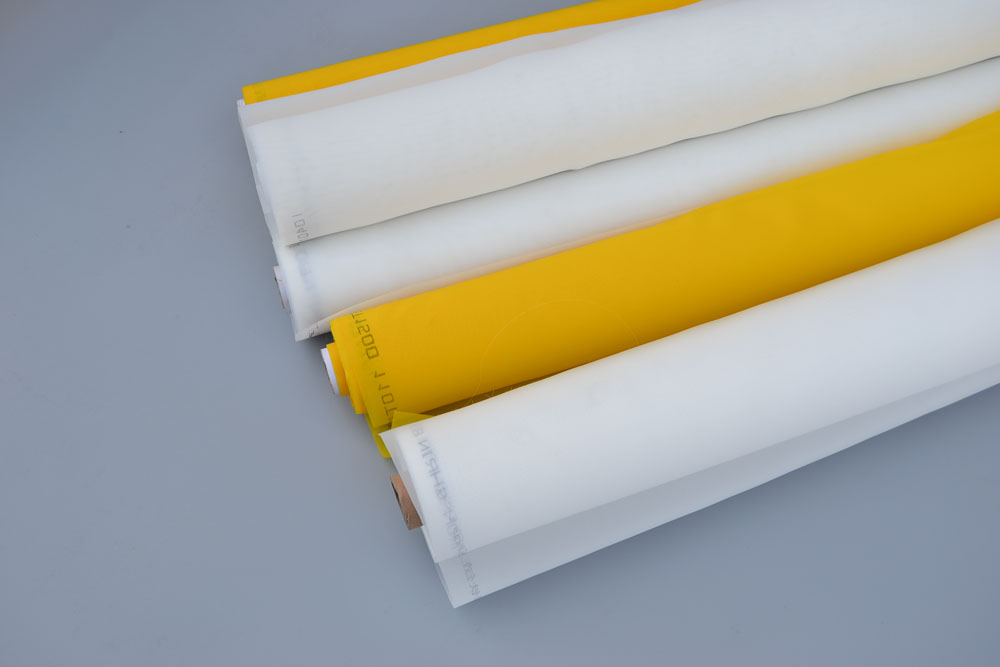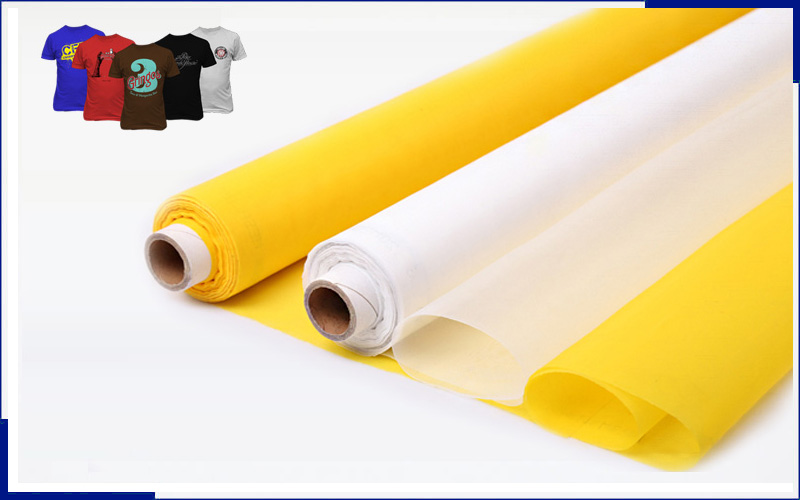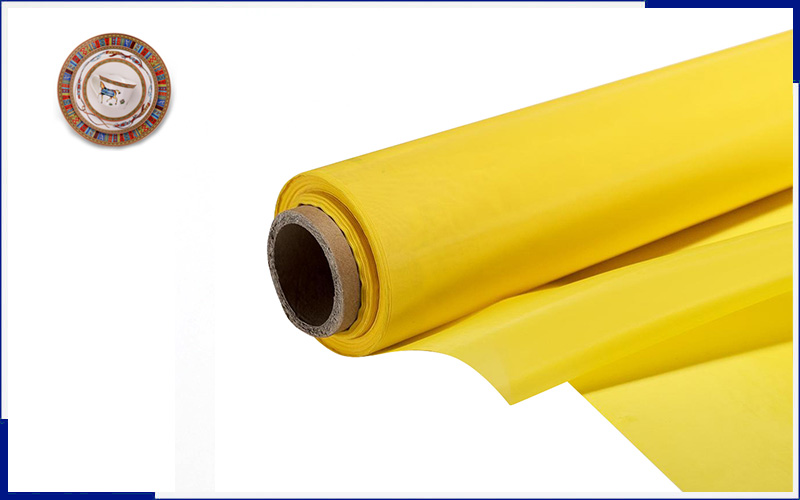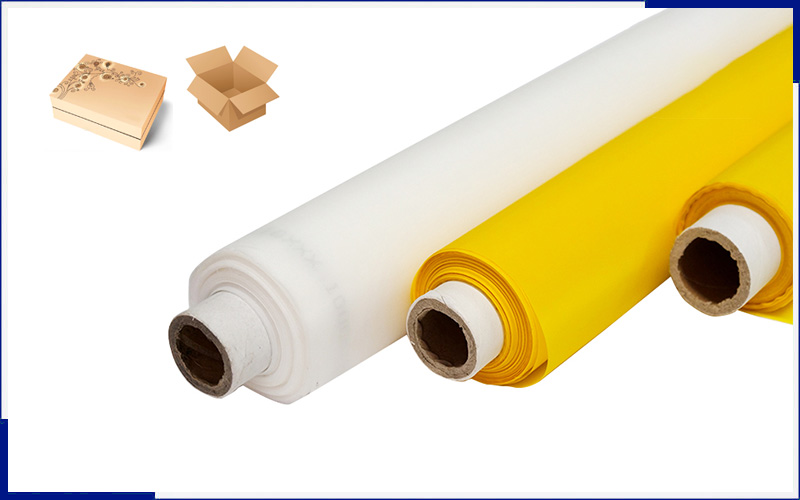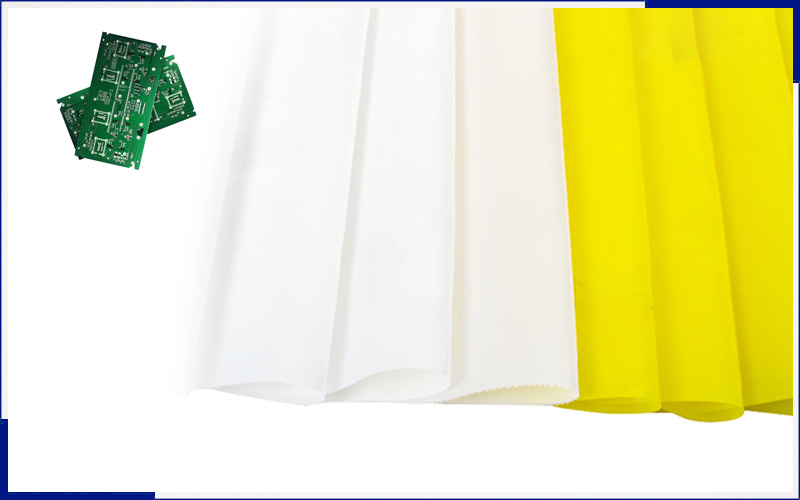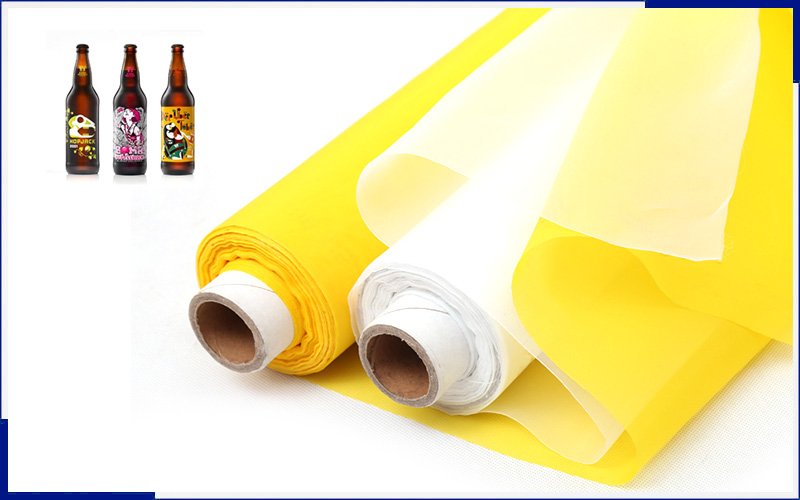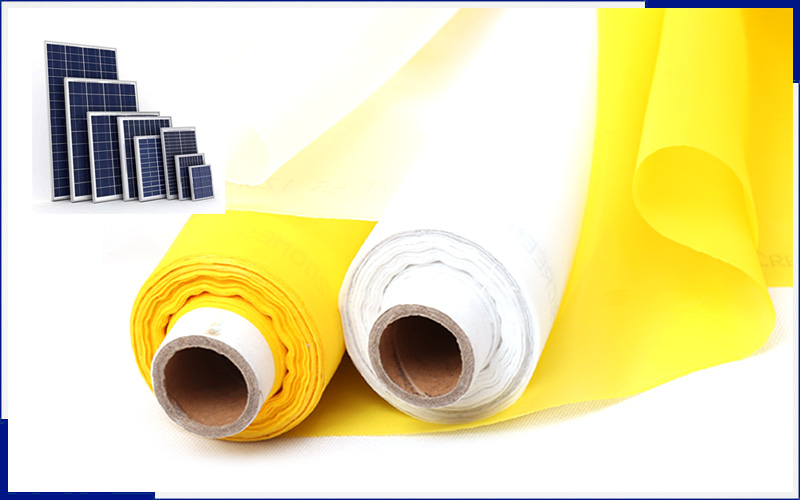Printing screen production process
With the help of screen and squeegee, the design is transferred to the substrate by silk screen printing. The ink passes through the steel mesh and the mesh screen, and enters the fabric from the tiny space of the mesh screen. As the ink penetrates the fabric through the mesh screen, the design is transferred to the fabric below. This technology is used in many industries and is popular in printing on shirts, clothing, posters and banners. It is also used for canvas painting in artwork. Nowadays, special inks can be screen printed on different hard materials (such as metal, wood or ceramics). The design on the template can be used for transfer again and again, which makes it ideal for batch printing. The screen used for printing has the number of grids, and it is important to select the type of screen with the correct number of grids for the printing process.
The number of grids is the number of fibers in one square foot. Fiber screens of different meshes are available. The 110-160 mesh screen is mostly used for screen printing. The low grid count has large openings and is suitable for a wider range of designs. For fine lines and delicate designs, small mesh screens are ideal. The mesh has tightly placed small holes through which ink is transferred to the fabric. You can choose screens with different grid numbers. A guide is included with the screen to help customers understand the purpose of this screen. The printed grid is distributed on a frame, and it must be under tension to work properly.
